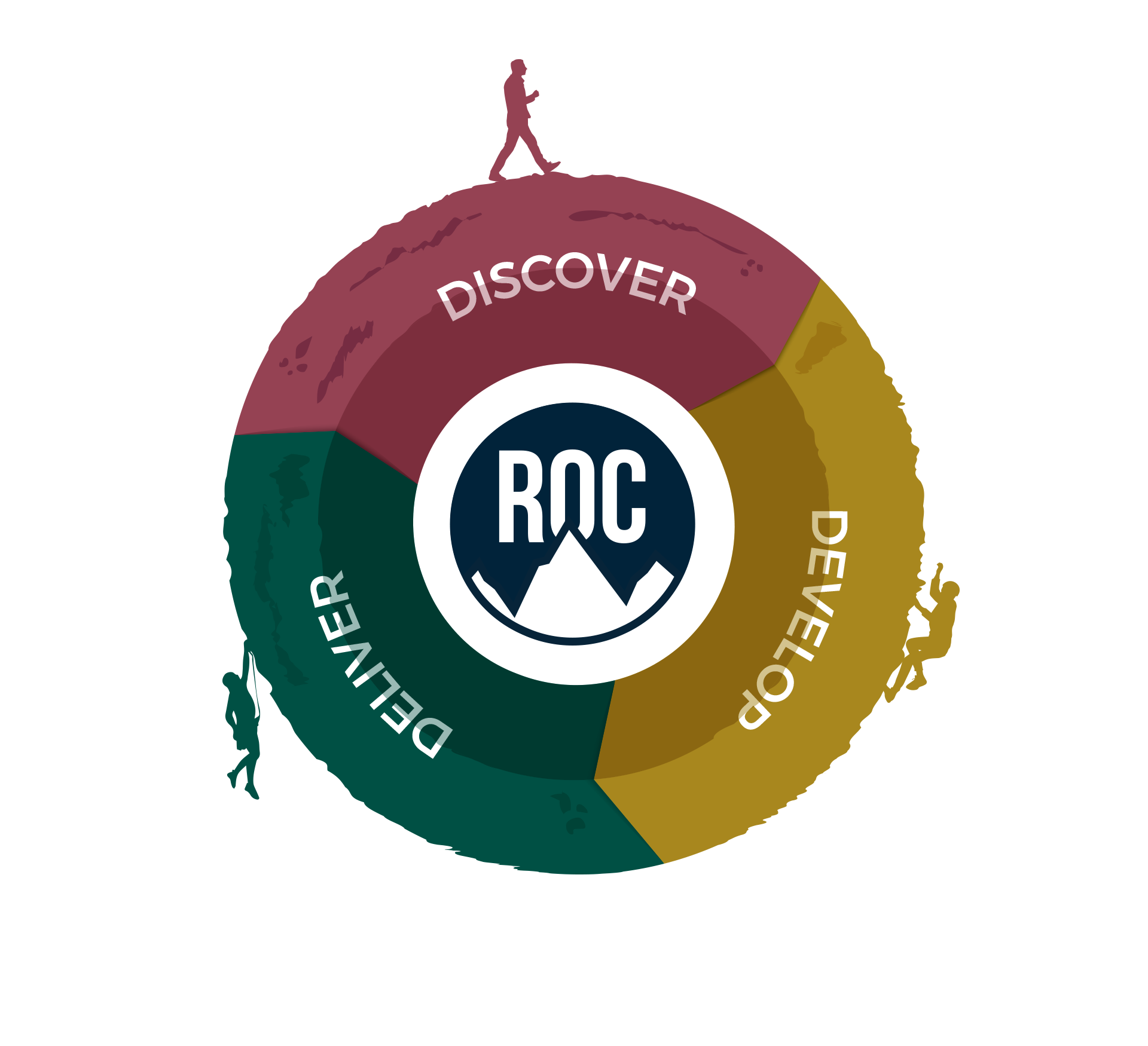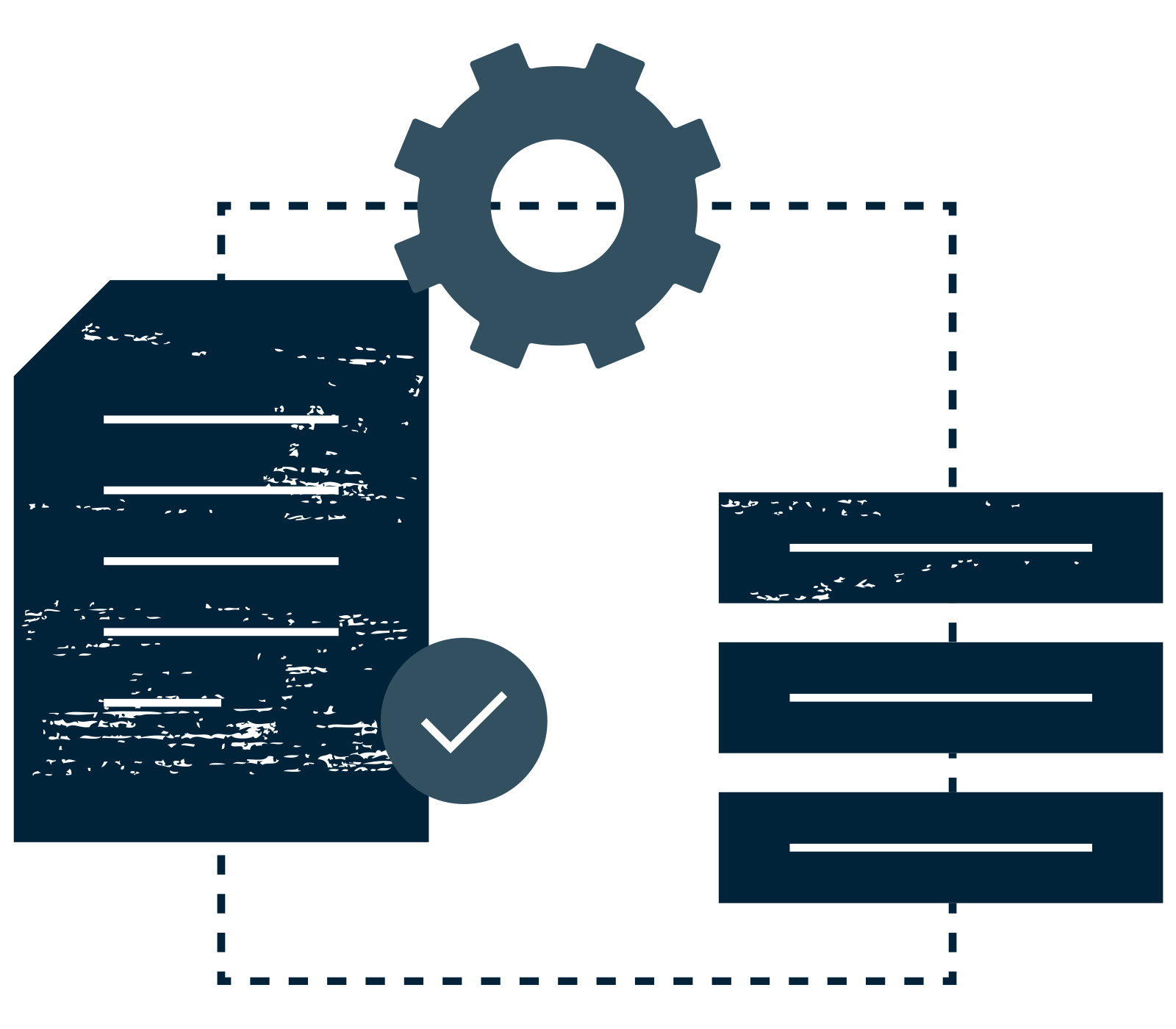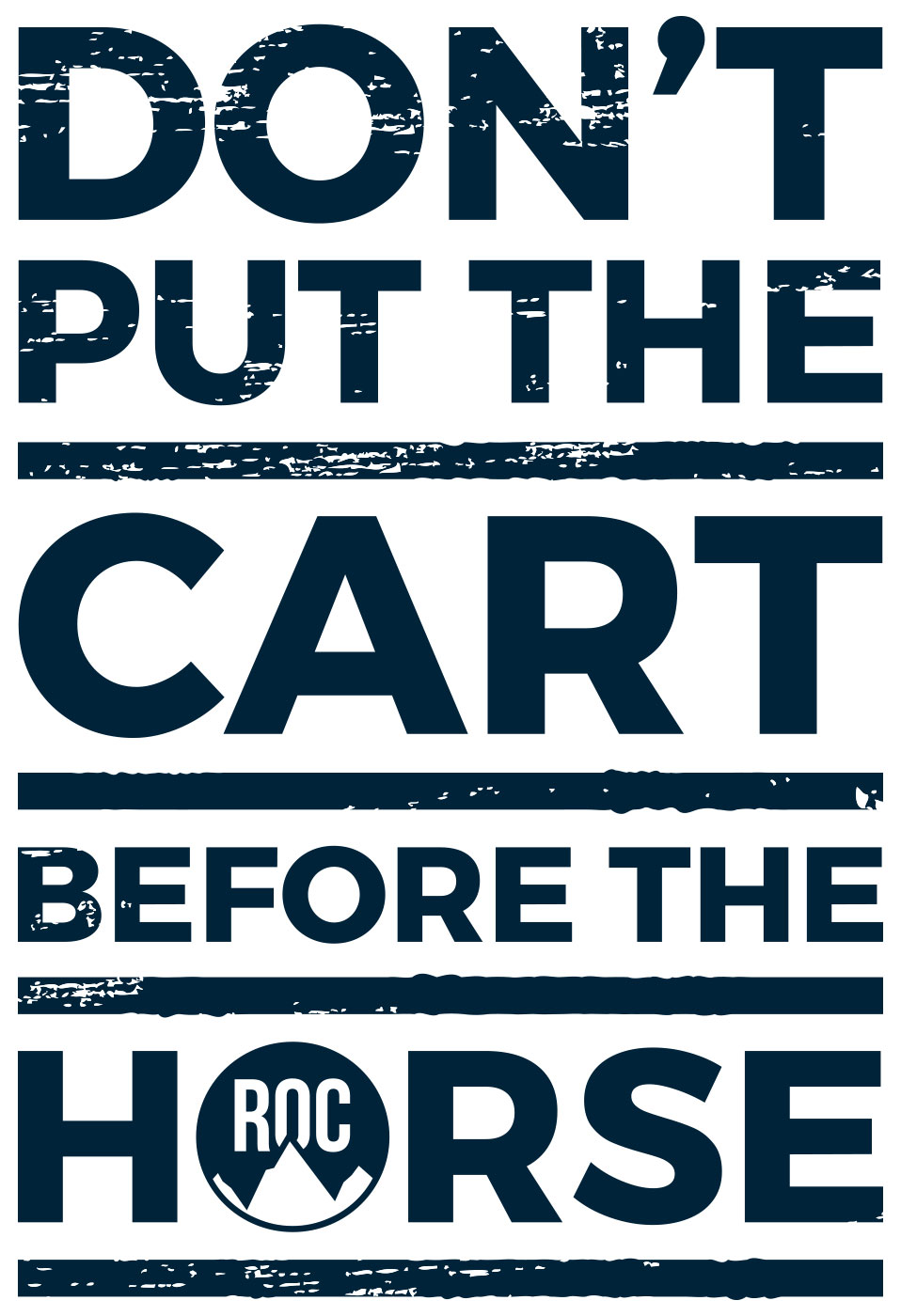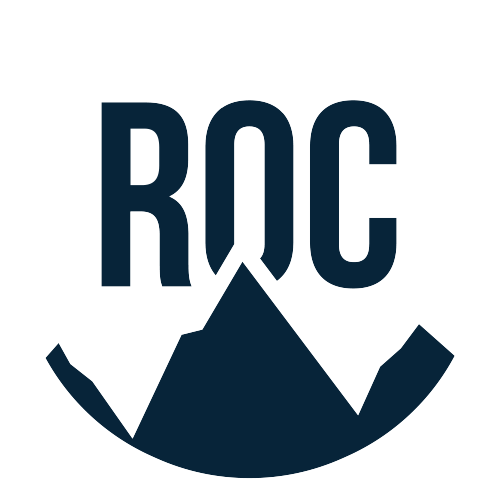Understanding Your Current State

Don’t Put the Cart Before the Horse
So, you know your organisation needs to change. You may know where you want to go and how to get there. The temptation is to go after this as hard as possible. Reach the future state as quickly as you can, and things will be better. Yet by doing this, you find out very quickly that the process of change is not as straight-forward as you thought.
Why is this? So often it is because leaders put the cart before the horse. The focus on getting to the future state polarises everything else.
There can be several reasons, however there are two that we often see. The first is being driven by short term budgetary goals. By not aligning these with the change process, we see organisations fail to achieve both the necessary change and their desired budgetary targets. Secondly, leaders skip the analysis on their current state in favour of action towards the future state. Unfortunately, due to not taking the time to understand the current situation in its entirety, the fundamental building blocks for successful change are missing. Put simply, you need to have a clear picture of the problem to be solved before defining the solution.
Albert Einstein famously stated, “If I had only one hour to save the world, I would spend fifty-five minutes defining the problem, and only five minutes finding the solution.”

At ROC, we have developed the framework of Discover, Develop, Deliver to assist organisations through each step of the change process.
The first phase, Discover, focuses on establishing the current state and the organisations WHY. A brutally honest evaluation is needed. This is not the time to sugar-coat the situation. An assessment of the true state, combined with an in-depth root-cause analysis will provide an accurate view of the current state. Through gathering as much information as possible in this phase, we cover several key components that will heavily influence the change process.
- The WHY
As we’ve discussed in previous posts, the WHY is crucial. This is what motivates you and your team. It is what you want your business known for. If you don’t understand your WHY, you will struggle to engage your team because there is a lack of common purpose and identity. People don’t buy into the change. They buy into WHY the change is occurring. - Current Processes
Understanding your current processes provides insight into what is working well and what needs to improve. Processes exist to detail and document how things should be done. Remember that processes should help you achieve your goals, not stand in the way. Identifying early which processes need improving will help as you navigate each step in the change process.

- Current Culture
An organisation’s culture reflects their views, beliefs, experiences, and attitudes. “It’s the way we do things around here”. Understanding this will help you to understand how the change process will be adopted. It will also allow you to predict and pro-actively address where resistance to change will come from.

- Current Interactions
This will reveal who the key stakeholders should be and where your attention must be focused for the influencers in the team. There will always be a select few that influence many and it is crucial in successful change management that we understand who will play those roles. - The Reward
Through understanding the first four components, you will be able to articulate the reward. This will not only make planning and execution easier. The vision, when communicated to your teams, will be almost tangible. Everyone will be able to understand the WHY. Helping your team to understand the WHY will take them on the journey to the reward. - The Legacy
This is often forgotten both during the change process and after. How can this change be implemented so it is sustainable? Does your team own this change so it can withstand time to become a legacy change for the business without the constant need to be managed by the change team who created it? How will this change be viewed once everyone has walked away from the implementation?
By understanding the WHY, current state and reward, you will find the next phases are easier to navigate. This is because you have a complete picture of what your staff see and experience now, in addition to where you see the business in the future. You will be able to identify key stakeholders and influencers within your organisation which allows you to focus engagement and communication methods. You will be able to articulate your vision of change by taking your team on the journey instead of simply offering the solution.
Building your organisation’s awareness of the need for change is crucial to engaging them in the change process.
We have witnessed many examples of organisations that could have achieved more if they had first taken the time to understand the five key components listed above. While it can be tempting to chase the goal as quickly as you can, there must be substantial effort to first understand where you are coming from. After all, change is a process. Not an event.


Ready to Change?
To learn more about ROC and help our team learn more about you, please book a Discovery session with our team via Calendly today.
About
At ROC, solutions don’t come out of a box ready to plug and play, they’re customised to suit your journey.
We pride ourselves on identifying your pain points quickly and designing bespoke change strategies to address them, always keeping in mind your ultimate end game.
Quick Links
Home
About
Clients
Services
Our Philosophy
Blog
Book A Discovery Session
Contact
Discovery Sessions
Looking to change your company structure, corporate culture or want to introduce a new system or product.
Please contact us to discuss your needs and we will help point you in the right direction.


